They call it the ‘dog days of summer.’ The month of August is traditionally a beautiful time in the Pacific Northwest, and so far, this month is shaping up to be just as nice as ever. Although it’s not a season when many people make a long to-do list for the yard, there are some simple tasks you can undertake in the next weeks to give you a healthier, more productive lawn and garden.
First, August is an important time to control lawn insects, namely European cranefly larvae. Over the next six weeks, adult craneflies will be emerging from lawns to mate and lay eggs. Throughout fall and winter, the eggs will hatch and the larvae will begin eating—and their primary source of food is grass roots.
Typical cranefly damage to lawns shows up in late spring or early summer when grass begins to suffer from the stress of a damaged root system. If you’ve seen unexplainable brown patches in your lawn during the early summer, you may have a cranefly infestation.
To control cranefly populations in your lawn, take time this month to apply a dose of granular Eight insecticide. Excellent for controlling lawn and garden insects, it’s safe to use at any time and can even be spread on vegetable gardens. As an added benefit, Eight is a great deterrent for moles in your yard—without an abundance of grubs and insects to eat, most moles will move on to find more abundant food supplies.
Second, August is the time to prune some varieties of hydrangeas. Last summer, I wrote about when and how to prune all types of hydrangeas, of which there are four categories. Two of these categories include macrophylla—hydrangeas with old-fashioned ball-shaped (‘mophead’) flowers or a ring of larger blossoms around a cluster of small flowers (‘lacecap’)—and quercifolia, also known as ‘oakleaf.’ For both of these categories, now is the time to prune.
Understandably, many people struggle with pruning hydrangeas that are still in bloom—they’re gorgeous flowers and you don’t like to prune them off at their peak. As a rule, mophead, lacecap and oakleaf hydrangeas bloom only on old wood, so they should be pruned in late summer. Don’t wait until later this fall—your plants need time yet this summer to put out new buds for next year’s flowers.
A third step you can take this month for a more productive garden is to plant! This summer has been great for growing vegetable gardens—I don’t know when I’ve had corn ripen so quickly in my garden—but even once the weather cools, the season is far from over. If you enjoy fresh lettuce, spinach, peas and other early-season favorites, August is the time to plant a new crop of seeds for harvest later this fall.
The fourth and final step I’ll recommend is to keep up on fertilizing your flowers. Our warm summer has put extra stress on annuals and hanging baskets, but it’s still too early to give up on them. If you’ve been feeding your plants with an all-purpose fertilizer (or—admit it—none at all!), switch to a weekly dose of a more specialized blend like Jack’s Classic Blossom Booster or Petunia Feed to reinvigorate your tired plants.
August is a beautiful month for being outside, and it’s also a great time to take some easy steps to ensure a healthier, more productive lawn and garden. Enjoy the dog days of summer and make the most of your garden!


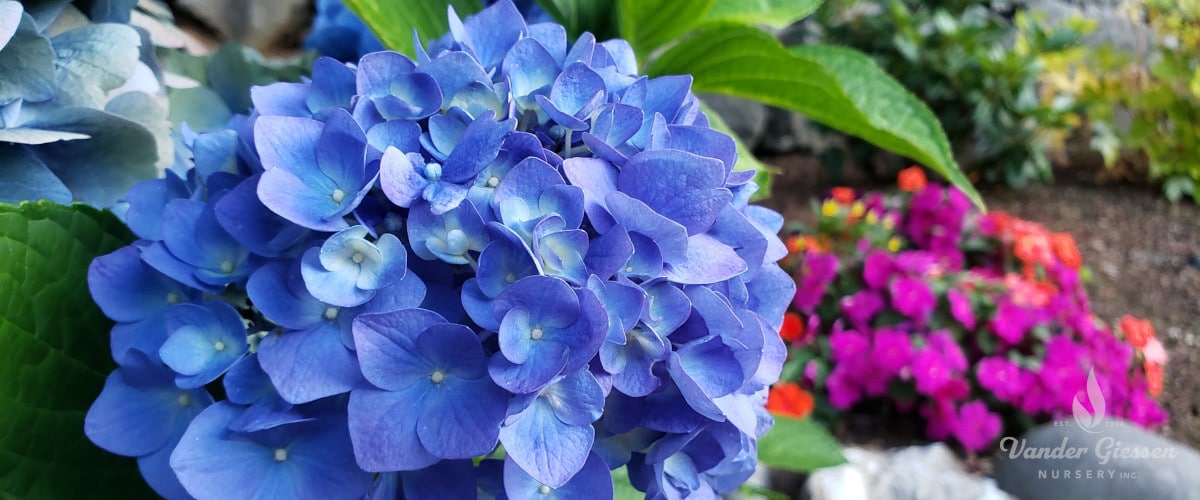
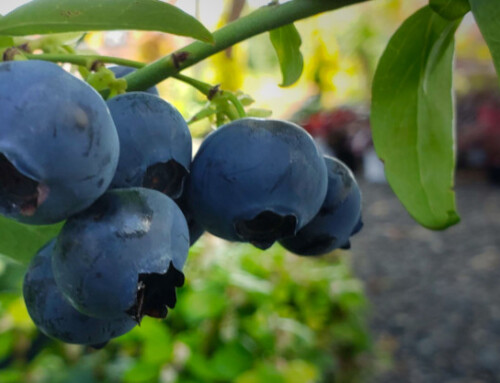
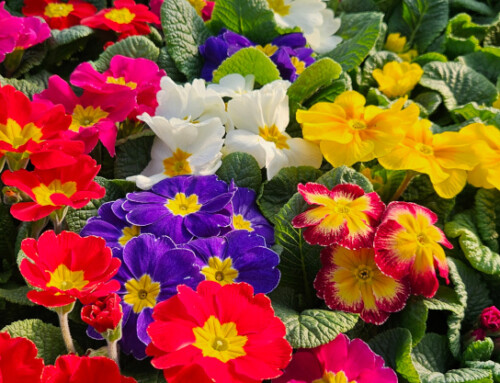
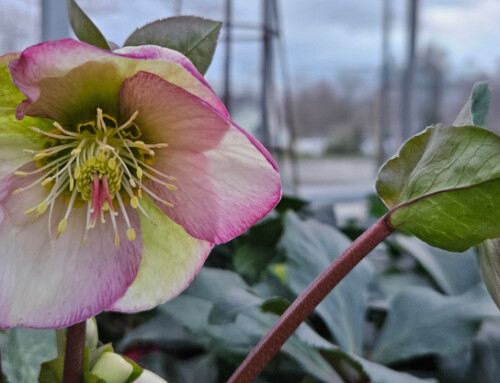
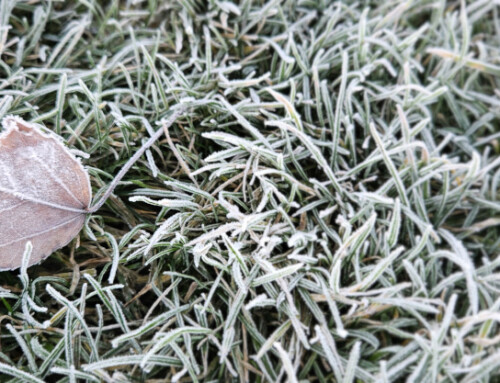
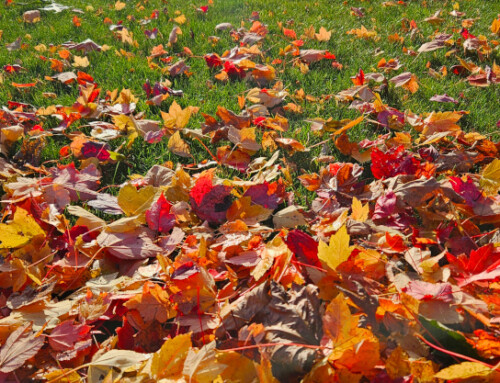
Leave A Comment